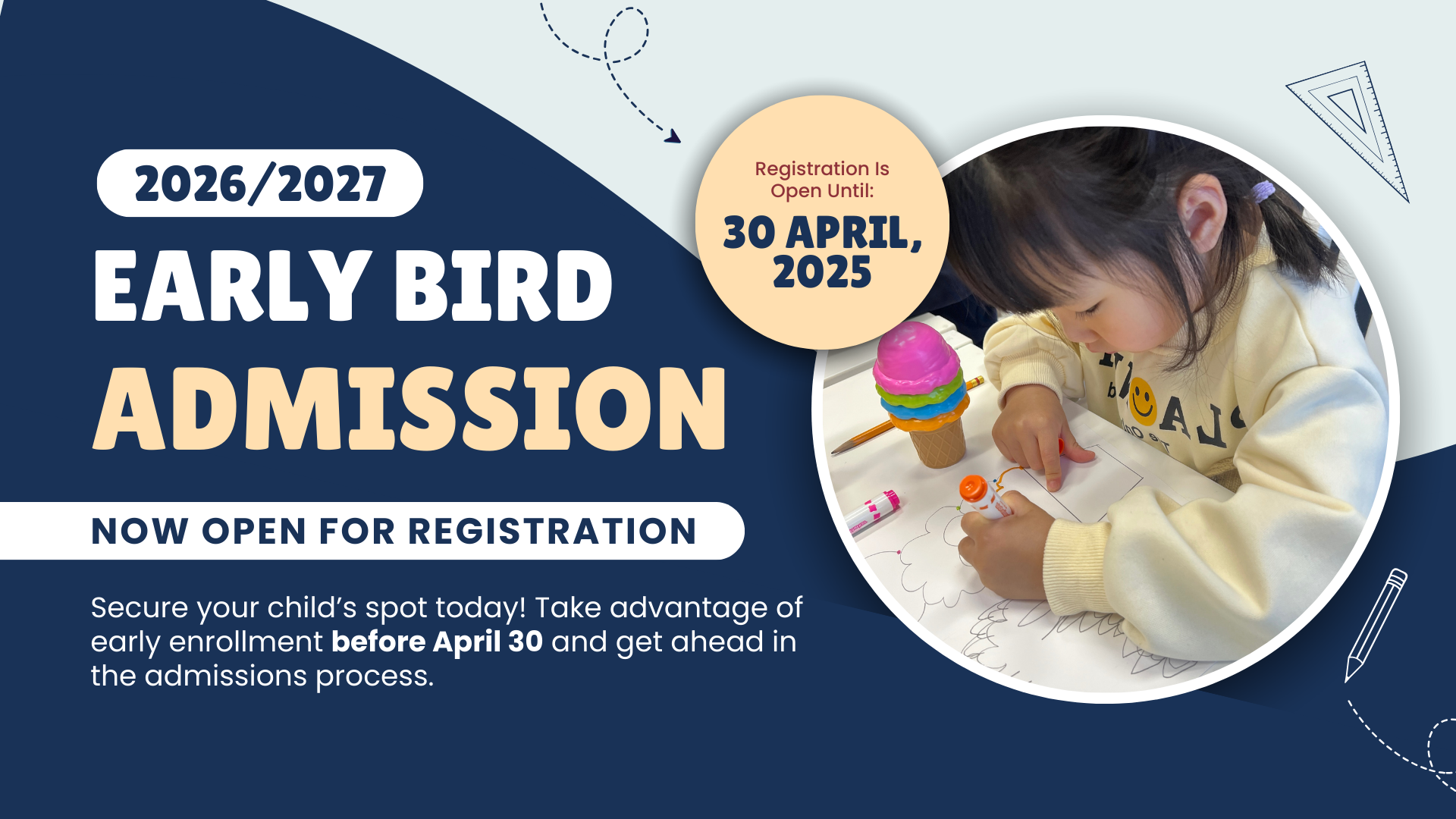
How To Create An Ideal Learning Environment For Early Childhood Education
EARLY CHILDHOOD EDUCATION
Are you a teacher or parent of a young child? If so, you likely know how crucial early childhood education is for a child’s development. Children in their early years are like sponges, absorbing information and experiences around them as they learn and grow. Creating a safe and stimulating learning environment for early years education is vital to supporting a child’s growth and fostering a positive learning experience.
Creating a positive learning environment requires attention to detail and careful planning. However, the results are well worth it. By incorporating the elements discussed in this blog, teachers and parents can help support a child’s growth, development, and love of learning. So, let’s dive in and explore how to create a safe and stimulating learning environment for early years education.
Why Does Creating a Safe and Stimulating Learning Environment Matter?
Early childhood education is the time when children develop their cognitive, social, emotional, and physical skills. They learn to explore and discover the world around them, form relationships with others, and nurture a sense of identity and self-worth. A safe and stimulating learning environment supports these developments by:
Encouraging curiosity, exploration, and discovery: Children need a rich, varied, and engaging environment to learn and grow. A safe and stimulating learning environment should be designed to provide opportunities for children to explore, experiment, and learn from their experiences.
Building confidence and self-esteem: When children feel safe, valued, and respected, they develop a sense of confidence and self-esteem. A positive learning environment fosters a child’s sense of belonging and competence, which is vital for their overall development.
Supporting social and emotional development: Young children need guidance and support to develop social and emotional skills such as communication, empathy, and problem-solving. A safe and stimulating learning environment helps children learn these skills through interaction with others, cooperative play, and hands-on activities.
How to Create a Safe and Stimulating Learning Environment
Now that we understand why a safe and stimulating learning environment is crucial for early years education, let’s delve into practical tips for creating one.
A WARM AND WELCOMING ATMOSPHERE
Children thrive in an environment where they feel welcome, safe, and valued. Therefore, it is essential to create a warm and welcoming atmosphere that encourages children to explore, play, and learn. The classroom should be brightly lit, well-ventilated, and decorated with colorful posters, pictures, and other learning materials. Teachers should greet each child with a smile, make eye contact, and use positive reinforcement to encourage good behavior.
CHILD-CENTERED LEARNING
Early years education should be child-centered, which means that the curriculum and activities should be designed to meet the unique needs, interests, and abilities of each child. Teachers should use a variety of teaching strategies, including storytelling, puppet shows, games, and songs, to engage children and make learning fun. They should also provide opportunities for children to work collaboratively and independently, encouraging them to develop their social and emotional skills.
SENSORY EXPERIENCES
Young children learn best through sensory experiences, which means that they need opportunities to touch, taste, smell, see, and hear things to learn about them fully. Therefore, it is essential to provide sensory experiences that stimulate children’s senses and help them learn about the world around them. This can include painting, sand and water play, gardening, and cooking.
HEALTH AND SAFETY
Creating a safe and healthy learning environment is essential for the early years of education. Teachers should ensure that the classroom is clean, well-maintained, and free of hazards that could harm children. They should also implement hygiene practices, such as handwashing and disinfecting surfaces, to prevent the spread of illnesses. Additionally, teachers should have emergency procedures in place, such as fire drills and first-aid kits, to ensure the safety of the children.
POSITIVE RELATIONSHIPS
Building positive relationships between teachers, children, and parents is crucial to creating a safe and stimulating learning environment. Teachers should establish trust and respect with children by listening to them, acknowledging their feelings, and responding to their needs. They should also communicate regularly with parents, providing feedback on children’s progress and involving them in their children’s education.
Creating a safe and stimulating learning environment is critical for the early years of education. By providing a positive learning experience, we can help support a child’s growth and development and set them up for future success. Whether you’re a teacher or a parent, incorporating the tips and strategies outlined in this blog can help you establish a positive learning environment for young learners.
Remember, creating a positive learning environment requires effort, attention to detail, and ongoing maintenance. However, the benefits are immense, both for the child and the adults involved in their education. By fostering positive relationships, creating engaging learning experiences, and prioritizing safety and health measures, we can help support a child’s growth and love of learning. So, let’s commit to creating safe, stimulating, and positive learning environments for our young learners and watch them thrive.




